5 Retail Trends That are Transforming the Landscape
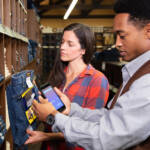
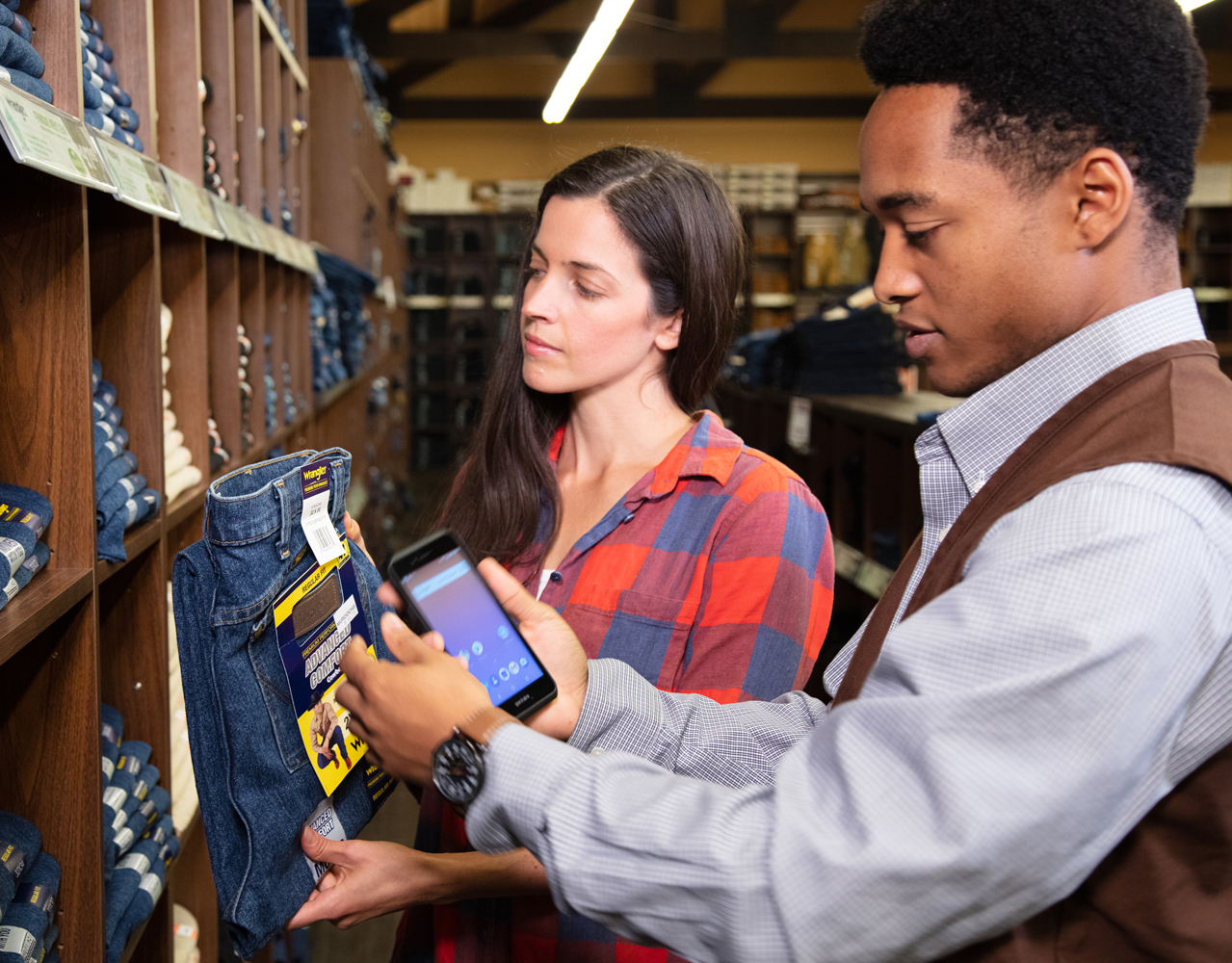
The retail industry has experienced upheaval as a result of the coronavirus pandemic. Many major retail brands and local shops alike have closed the doors to their brick and mortar locations temporarily to help protect customers and employees from potential exposure.
Meanwhile, online retailers and physical stores that are considered essential businesses like grocery have seen extreme levels of demand. Consumers have been shopping at a frenetic pace, and retailers are struggling to restock shelves in an efficient and methodical way —from food staples to toilet paper to work-from-home essentials.
All this coming at a time when many supply chains across the globe had already been crippled by the international spread of the virus. Short-term demand has spiked; longer-term demand is uncertain, as panic buying shifts to a new normal of consumer purchasing.
Even now, as states have begun reopening, the impact of COVID-19 on the retail space continues.
5 Retail Trends Rapidly Picking Up Pace
This perfect storm is changing the game in retail that has been unseen in the last 100 years and will have a long-lasting impact on essential and non-essential retailers alike. Below are the 5 retail trends that are quickly gaining traction. Many of these trends had already been increasing in popularity; however, the pace of adoption has been accelerated as consumers and retailers adjust to this new way of shopping.
1. Buy Online, Pick Up in Store (BOPIS)
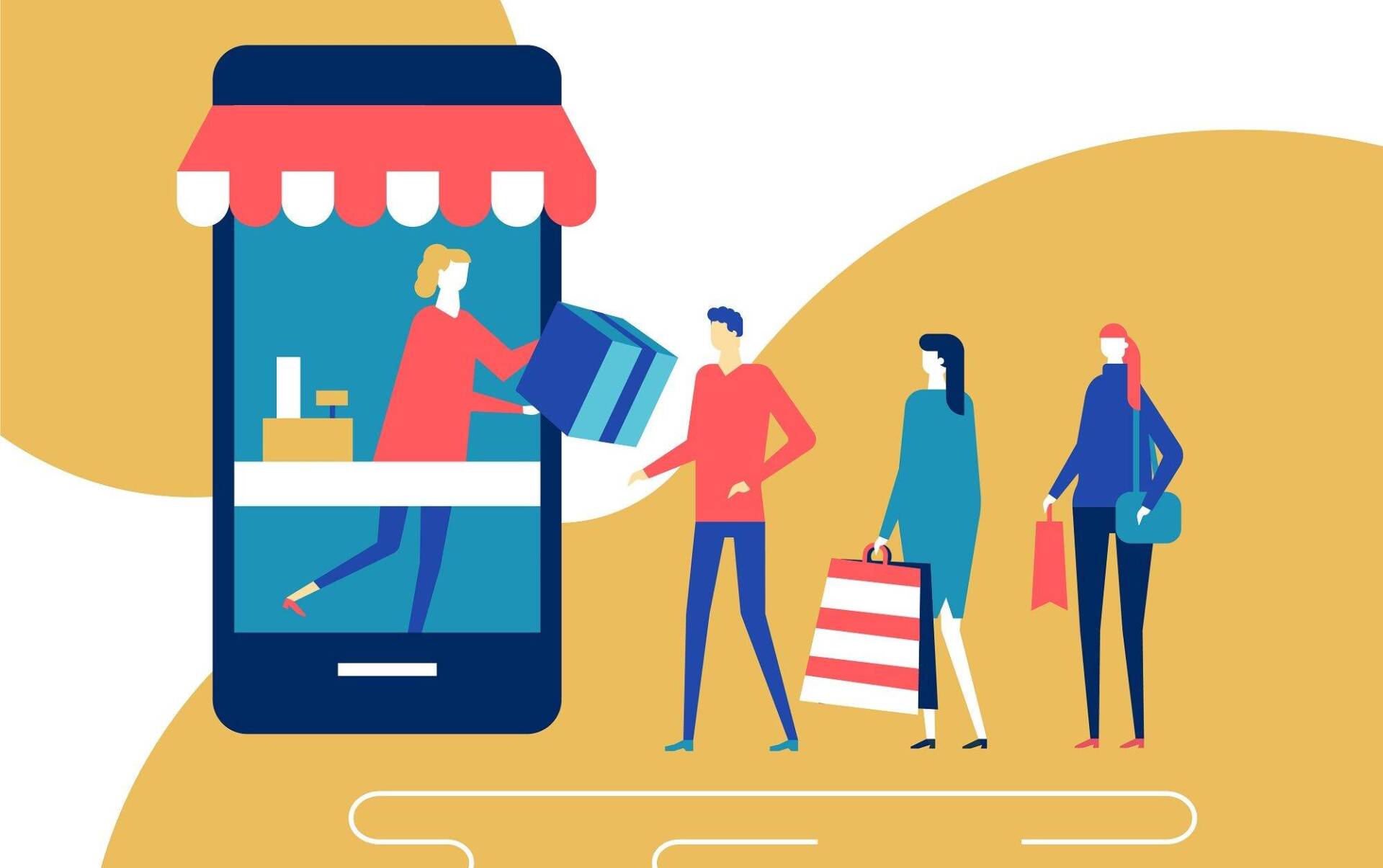
Many retailers already provide buy online, pickup in-store (BOPIS) is a convenient alternative to shopping online while still being able to pick up items immediately from the store. As the current crisis has unfolded, the demand for BOPIS has increased exponentially. In the grocery sector alone, BOPIS represented 35% of grocery orders in March 2020, compared to the previous average of just 5%.
“Once the COVID-19 crisis ends, a lot of customers currently using BOPIS will probably appreciate the convenience of that option and stick with it,” says Brendan Witcher, principal analyst at Forrester Research Inc (Digital Commerce 360).
There are many immediate benefits to BOPIS capabilities. For example, fulfilling BOPIS orders quickly and accurately helps limit the amount of time customers must be in the store and reduces the need for customers to come back to the store to return incorrect items. With smart mobility solutions, store associates are immediately notified when an online order comes in, so they have the time and information needed to fill the order and prepare it for in-store pickup. When executed effectively, this service can save customers significant time and hassle.
However, BOPIS poses challenges as well. For example, for grocery stores with tight margins, inefficient BOPIS processes can leave grocers financially exposed. As consumer adoption of BOPIS increases, grocers will need to implement smart, technology-enabled solutions that can both meet customer demands while increasing operational efficiency to save costs and protect profits.
2. Curbside Pickup
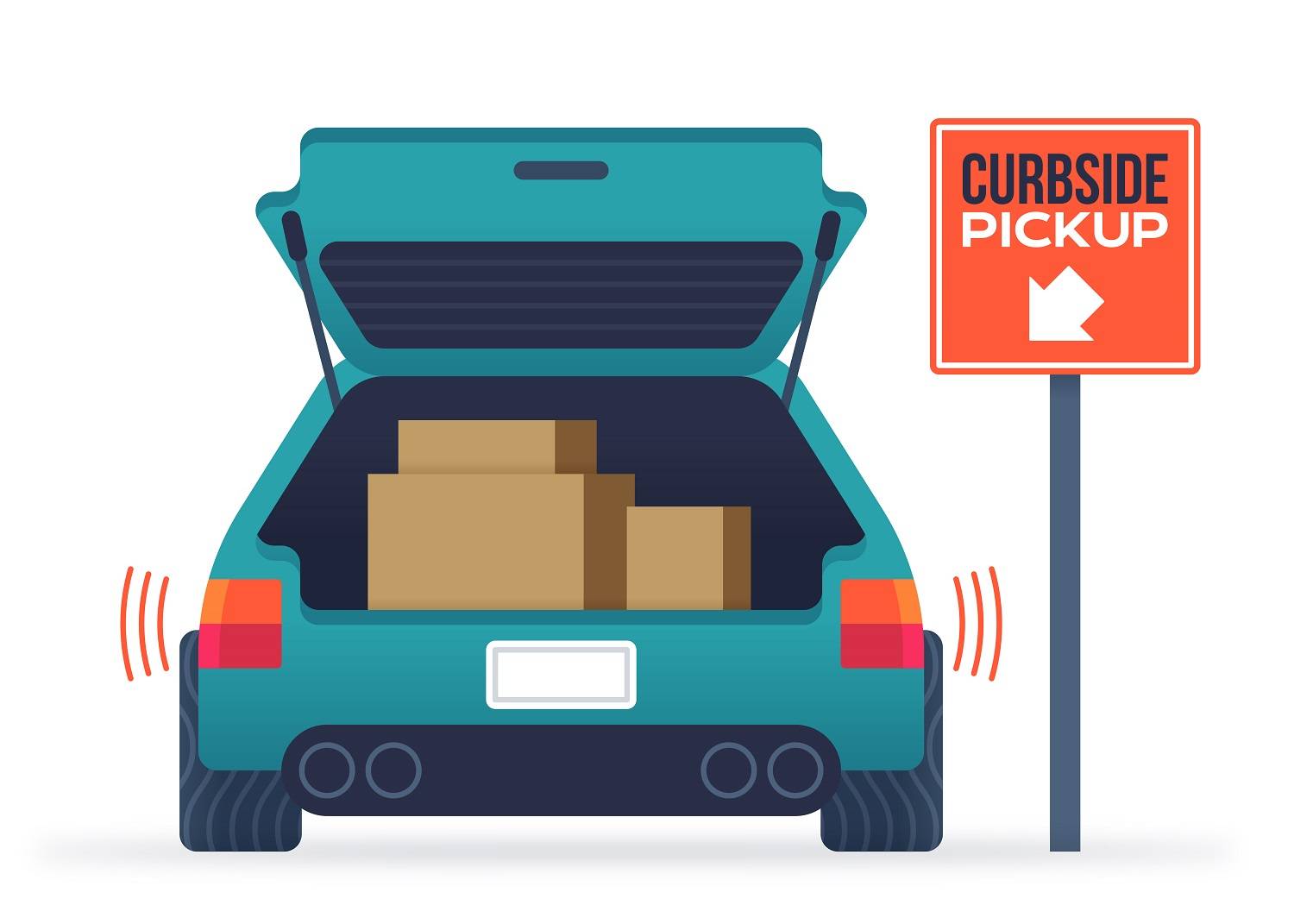
A subset of BOPIS, curbside pickup allows customers to order online and drive up to the storefront or dedicated parking area, where an associate delivers purchased items directly to the vehicle. In some cases, a mobile point of sale (mPOS) device is used to scan a code on the customer’s phone to complete the transaction. Other retailers are implementing fully no-contact pickup, where customers can call a specific number or indicate vehicle details, and associates simply place purchased items directly into the trunk of the vehicle.
However, customers will dislike waiting in their car for long periods of time and will be dissatisfied to find the wrong product in their trunk when they return home. To curtail these scenarios, retailers will need to be armed with effective technology to deliver high-quality, reliable curbside pickup services.
For example, smartphones with task management applications and a reliable notification system enable store management to quickly deploy associates to pick the order and deliver it to the customer’s vehicle within minutes of arrival. As with other BOPIS methods, customers that become accustomed to curbside pickup during the crisis may continue to prefer the convenience of this method going forward.
3. Delivery Services (DoorDash, Instacart)
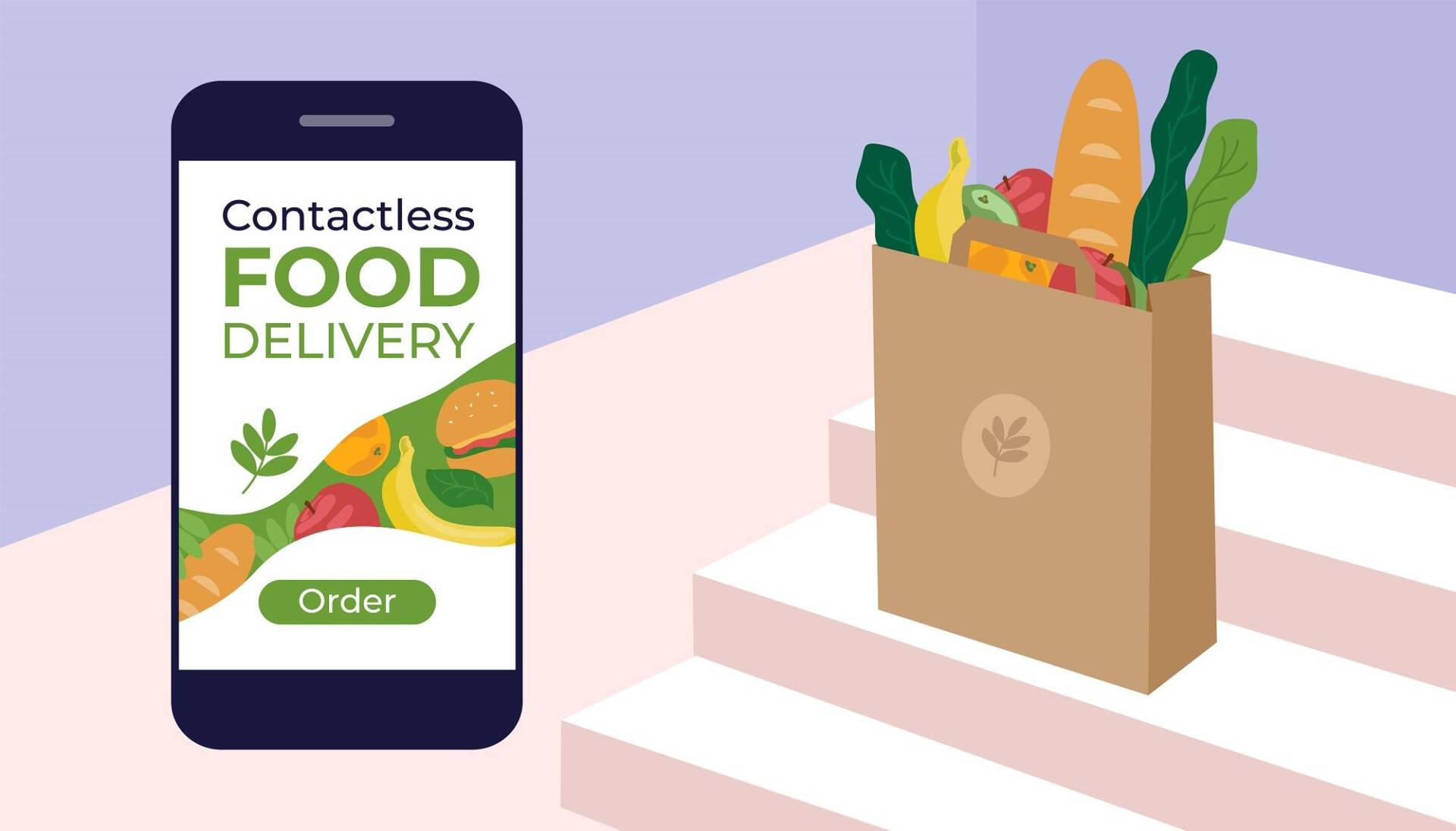
Many consumers under stay-at-home orders are avoiding going out altogether whenever possible. As a result, delivery services like DoorDash (restaurant delivery) and Instacart (grocery delivery) have seen a surge in demand. In fact, ZipRecruiter reported a 78% increase in job postings for food delivery positions as of March 2020. Meanwhile, Instacart is hiring 300,000 gig-worker shoppers to add to their existing workforce of 30,000 shoppers.
According to ZipRecruiter labor economist Julia Pollak, “This online delivery economy will see a temporary bump, and that’ll come a bit down after life returns to normal, but it will always be at a much higher level than before.”
As with retail pickup services, delivery services will also need to leverage mobile technology to help workers manage tasks more effectively and complete transactions more accurately and efficiently.
4. In-Store Crowd Management & No-Touch Point of Sale
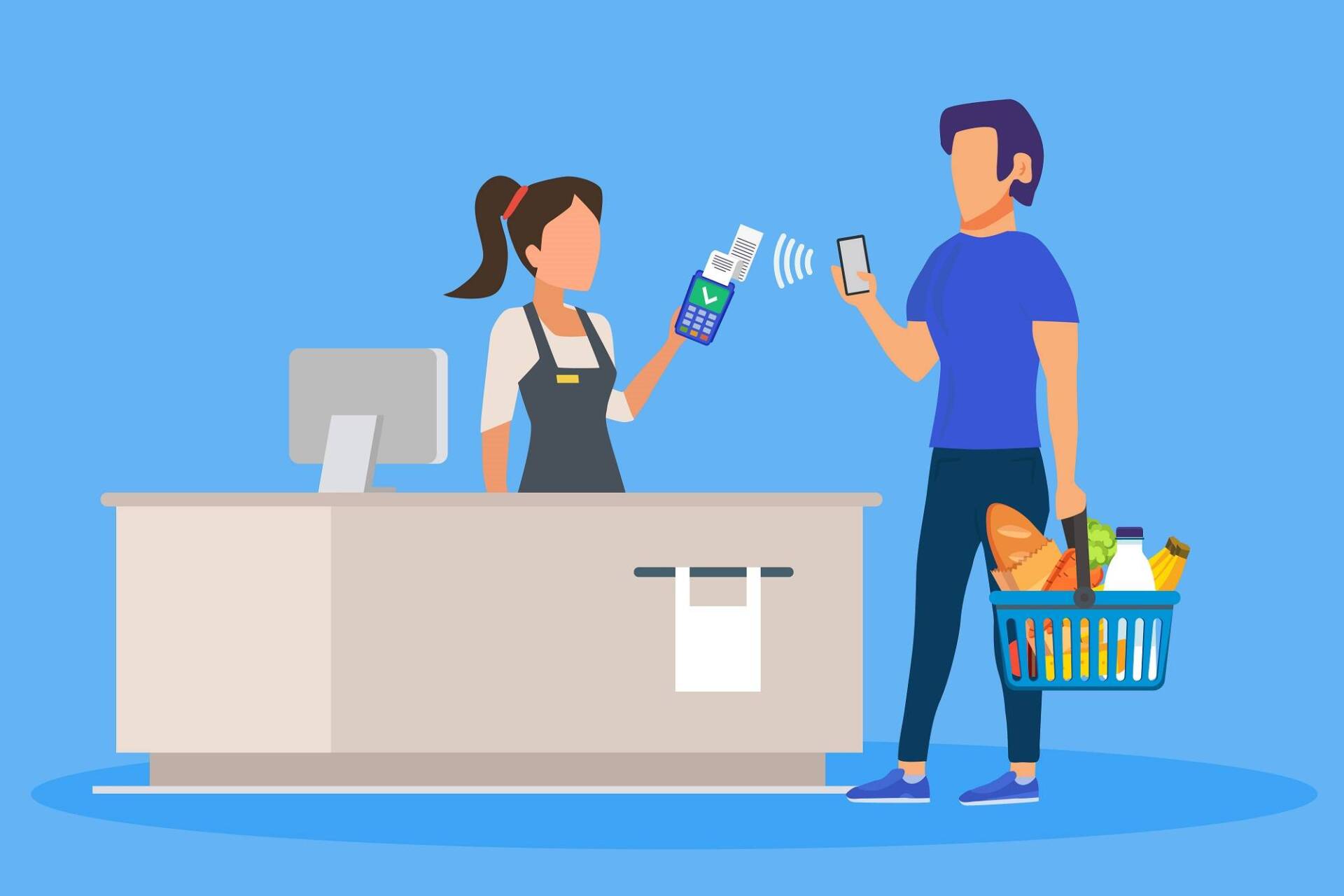
Essential retail stores are already implementing strict social distancing measures; and as discretionary retail locations reopen, they too will need to dramatically change the way they do business to maintain safe distances and limit touchpoints among store associates and customers. Some of these measures will include in-store crowd management to monitor the number of people in the store and maintain lower occupancy levels. Associates will rely on mobile technologies to monitor the flow of traffic coming in and out of the store, as well as communicate when the store has reached capacity.
In addition to limiting the number of customers in the store at once, retailers will need to implement no-touch payment methods like NFC credit card processing for Point of Sale (POS) transactions. Mobile point of sale (mPOS) will help facilitate efficient, contactless transactions and avoid lines/queues.
5. Personalized Customer Experience—Both Online and In-Store
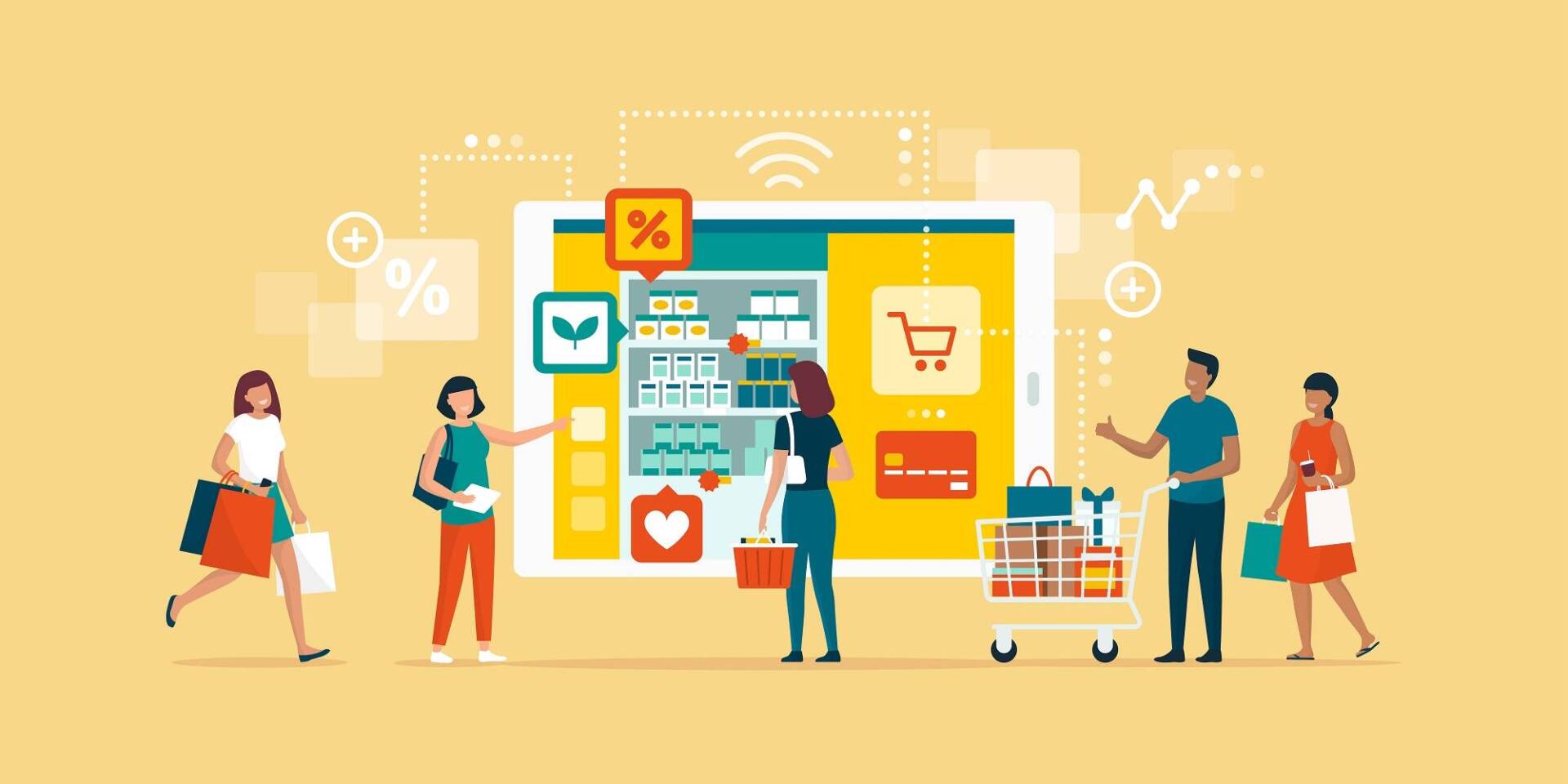
Longer-term, retailers will see the need to optimize both their in-store and online customer experiences to remain competitive in a difficult market. As buyers shift much of their immediate purchasing online (either fully online, or with fulfillment in-store), retailers will enhance their focus on digital marketing and eCommerce capabilities to reach their customers more effectively, offer personalized product recommendations, and make it easy for customers to select products and checkout from the retailer’s website or mobile application.
As discretionary retail stores reopen, retailers that can replicate the data-driven personalization of online shopping in their physical stores will have a competitive advantage, and clienteling will become a major focus. Clienteling provides associates with valuable customer data—including purchasing history and buying preferences—from a mobile device. This helps associates make customized product recommendations and create exceptional customer experiences to differentiate stores from their competition.
The retail industry is changing quickly, and these changes will have long-lasting implications. Smartphones and other mobile technologies will be key to helping retailers adapt to these changes and meet evolving consumer demands. Contact Spectralink today to learn how the right communications solution can help your business.
